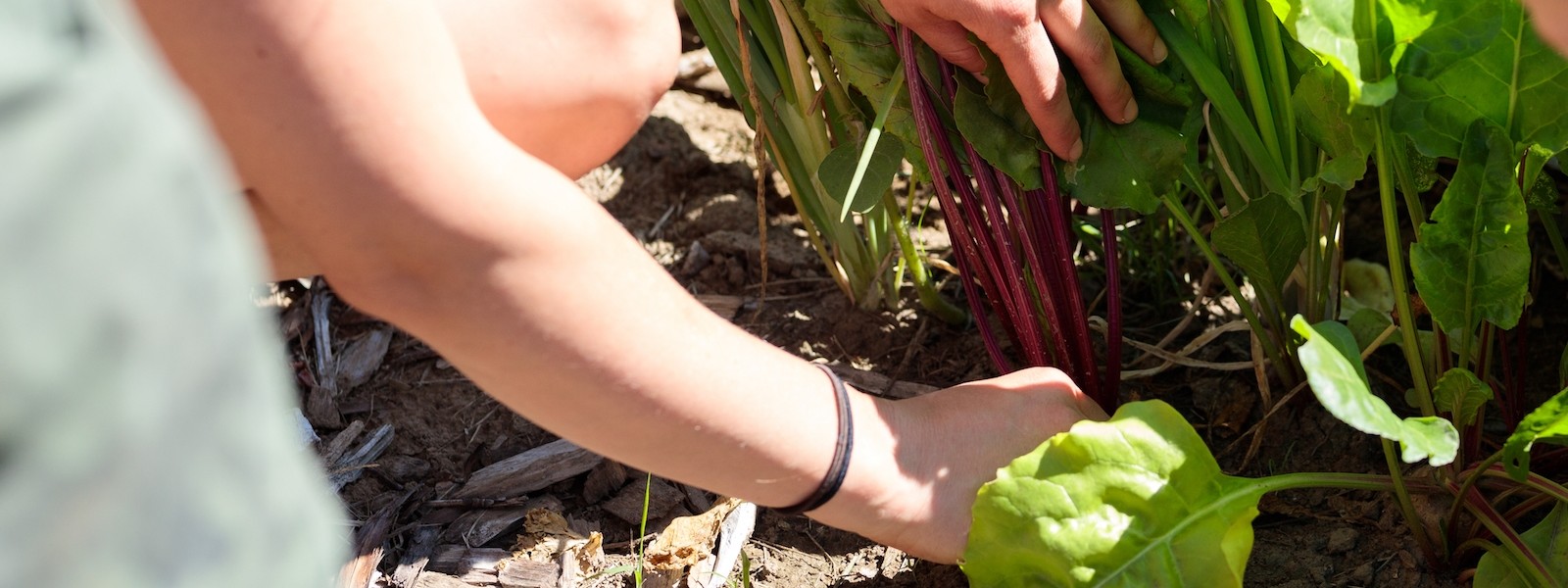Heirloom Versus Hybrid Plants
An heirloom plant, vegetable, or fruit, is a cultivar of a given species that has been saved since an earlier time. Though there is no formal definition for an heirloom, or its origin story, there are some basic metrics that generally qualify heirlooms as such primarily relating to the plant’s breeding practices. Many current day agricultural crops that are grown at scale are hybridized, genetically modified, or use some other form of breeding that isolates and expresses certain traits. Heirlooms are generally open pollinated and therefore express more complex and nuanced traits (flavor, shape, coloration, etc) sometimes at the cost of uniformity, disease resistance, and other traits that preclude their use in large scale agricultural systems.
Open pollination refers to a natural form of breeding whereby plants within a given cultivar can pollinate, either self or cross, in a way that maintains the original qualities of the cultivar. In this way heirlooms are very important within the topic of food sovereignty and seed saving because the seeds cannot be patented or “owned.” Any individual, given the skills, can save and propagate seeds of an heirloom variety for generations which is why most heirloom varieties have been around for hundreds of years. Some heirloom species, such as apples, are not true to seed meaning they will not produce the same fruit as the parent plant if grown from seed. They are, however, still heirlooms in that they have been passed down over time in the form of cuttings.
Heirlooms can change slowly over time and have the ability to adapt to the environment. Two heirloom tomatoes from the same mother plant might perform slightly differently when grown together the following year though the resulting fruit will be largely the same. Saving the seed from the tomato that performs better will help bolster those traits in following years while maintaining many of the recurring traits true to that type. Open pollination allows the slow adaptation of many genes all at once, creating a varietal that is completely enmeshed within its environment and culture. Heirlooms are typically rich in flavor and have unique and beautiful aesthetic variation.
This is different from hybridized breeding where strongly expressed traits from two different parent cultivars are combined to produce a completely different child that only partially resembles either of the two parent plants. Hybrid plants cannot be propagated from generation to generation and can be patented. Certain traits such as roundness, resistance to splitting, disease resistance, and storability can be greatly enhanced but often at the sacrifice of flavor or potentially even nutrient provision.
Because hybrid plants are patentable, and also less regionally adapted, they are ripe for broad-scale commercialization. This has scary implications with 90% of vegetable seed diversity lost in the last 100 years. This makes our agricultural systems more vulnerable to a changing climate and forces many farmers to be beholden to an increasingly consolidated seed bank. Growing heirloom seed is not profitable, and for most farmers saving their own seed is too burdensome given the many nuances of seed growing.
There is no clear winner when it comes to heirlooms vs hybridized seed. While the long-term advantages of heirlooms are numerous, many farmers rely on the more consistent outcomes provided by hybridized seed. Eaters also tend to select more uniform and familiar products. Until there can be more support for diversified farming, hybridized seed will be a necessary component of most farmers’ crop plans. A goal of many farms, including ours, is to slowly incorporate more and more OP and heirloom varieties while also educating and informing eaters as to their importance. Gardeners have a tremendous opportunity to participate in seed saving and we encourage anyone who keeps a garden to support seed exchange networks.

